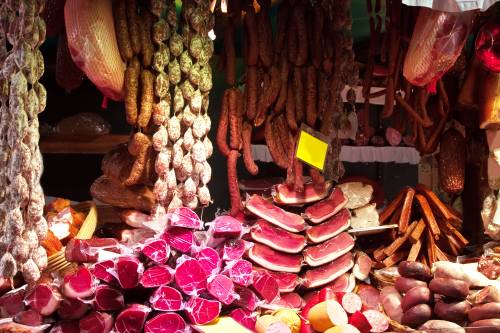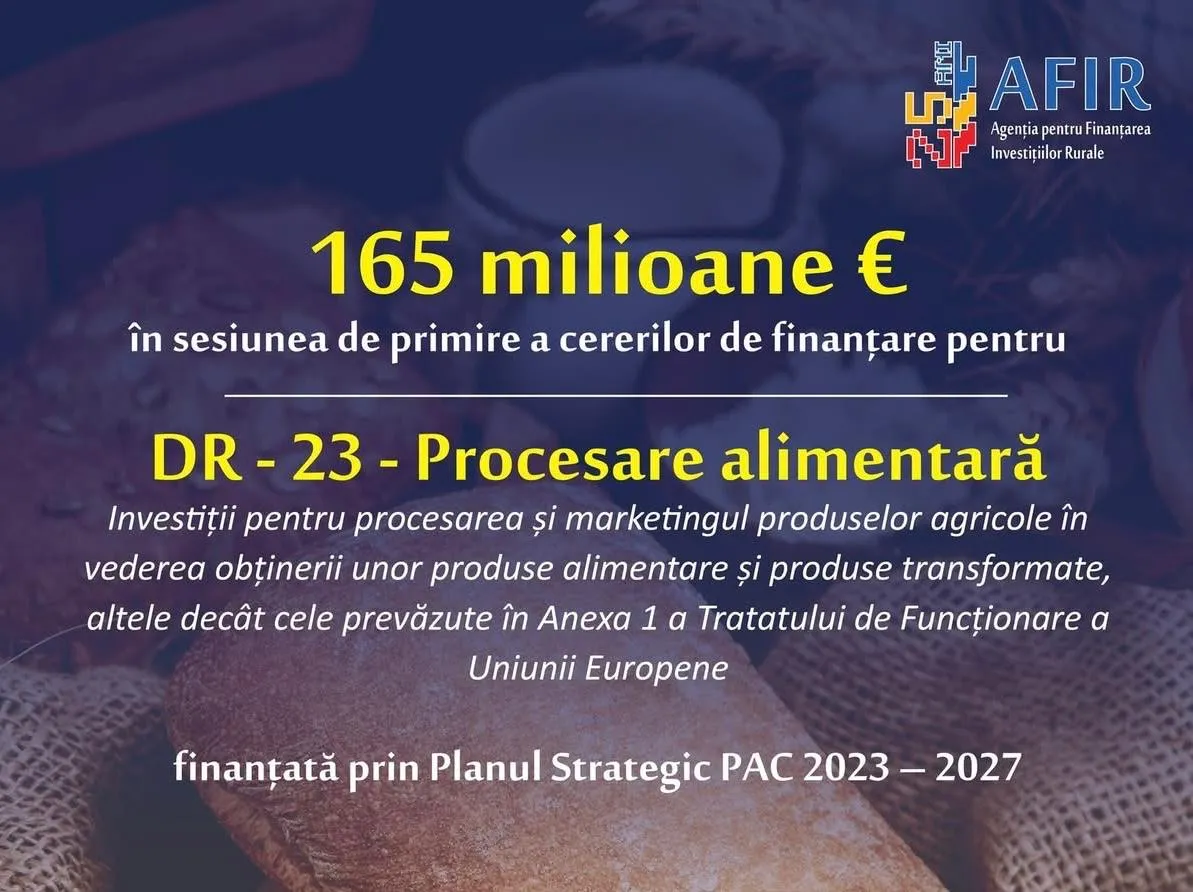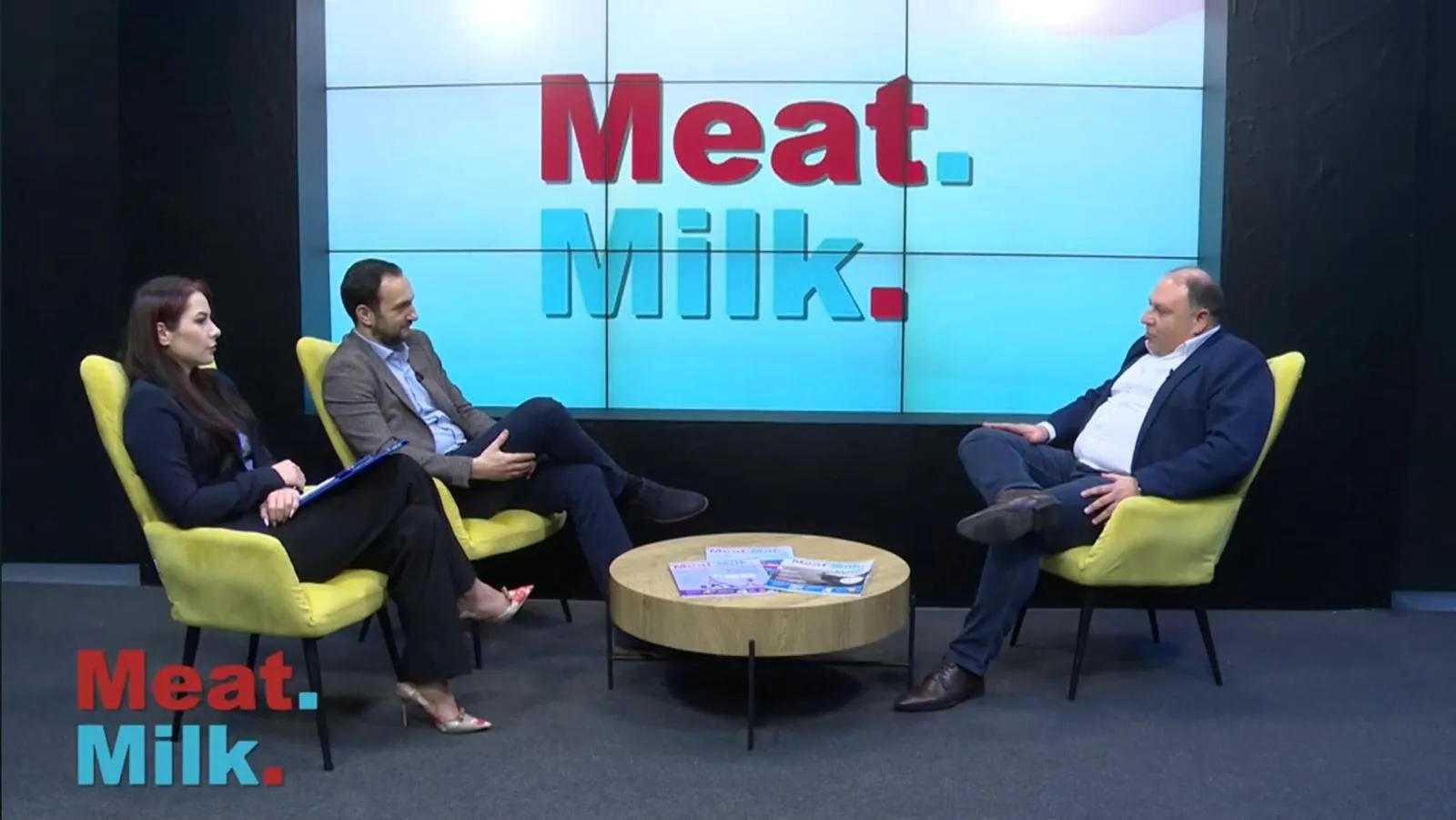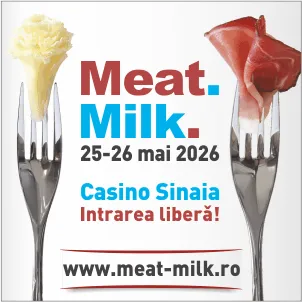712

Meat exports represent a strategic pillar for the agri-food industry, yet Romania still lags considerably behind its regional competitors.
According to Eurostat data, Poland exports over €7 billion worth of meat and meat products annually, while Romania barely surpasses the €650 million threshold. This gap is not only a matter of volume but also of infrastructure, quality, and national branding.
In 2024, ANSVSA reported that 12% of Romanian shipments to EU member states encountered compliance issues, particularly in documentation and labeling, which limits access to demanding markets. Moreover, the lack of modern slaughterhouses and efficient cold-chain logistics reduces the competitiveness of Romanian products.
Minister of Agriculture Florin Barbu recently stated that “without investments in infrastructure and compliance with international standards, Romanian meat cannot reach its full export potential.”
In the Middle East and Asia, there are open markets, but they impose additional requirements such as halal or kosher certification. At the same time, European consumers are becoming increasingly attentive to sustainability, which means Romanian producers must quickly adopt green practices.
A 2024 FAO report shows that companies investing in sustainability and traceability increased their exports by 18% over five years.
For Romania, the solution lies in modernizing slaughterhouses, creating a national brand, and pursuing aggressive promotion on foreign markets.
Only through a coordinated strategy that combines technological investments, European legislation, and international marketing can Romania narrow the gap with regional countries and turn meat into a vector of competitiveness.
(Photo: Freepik)





